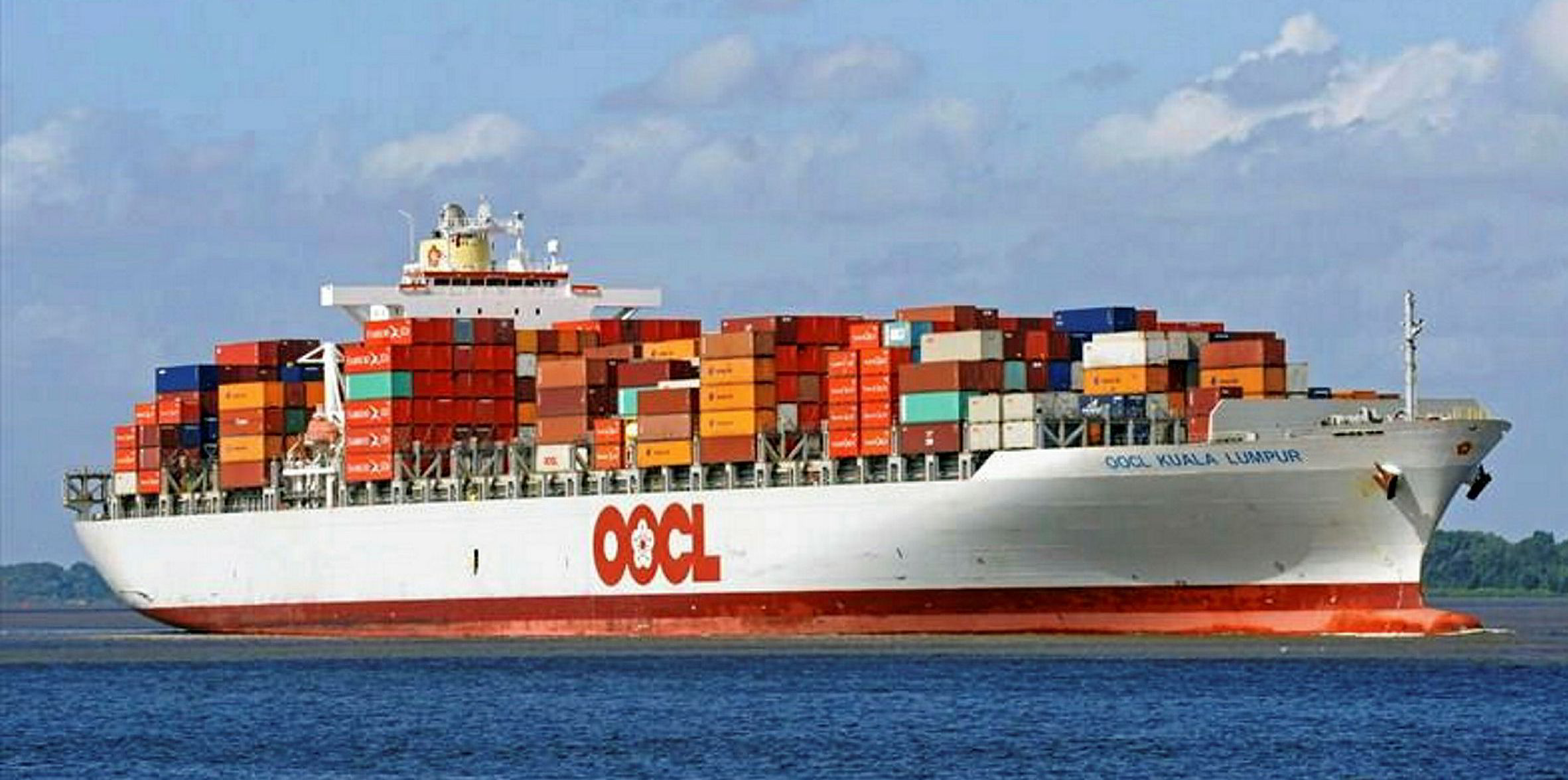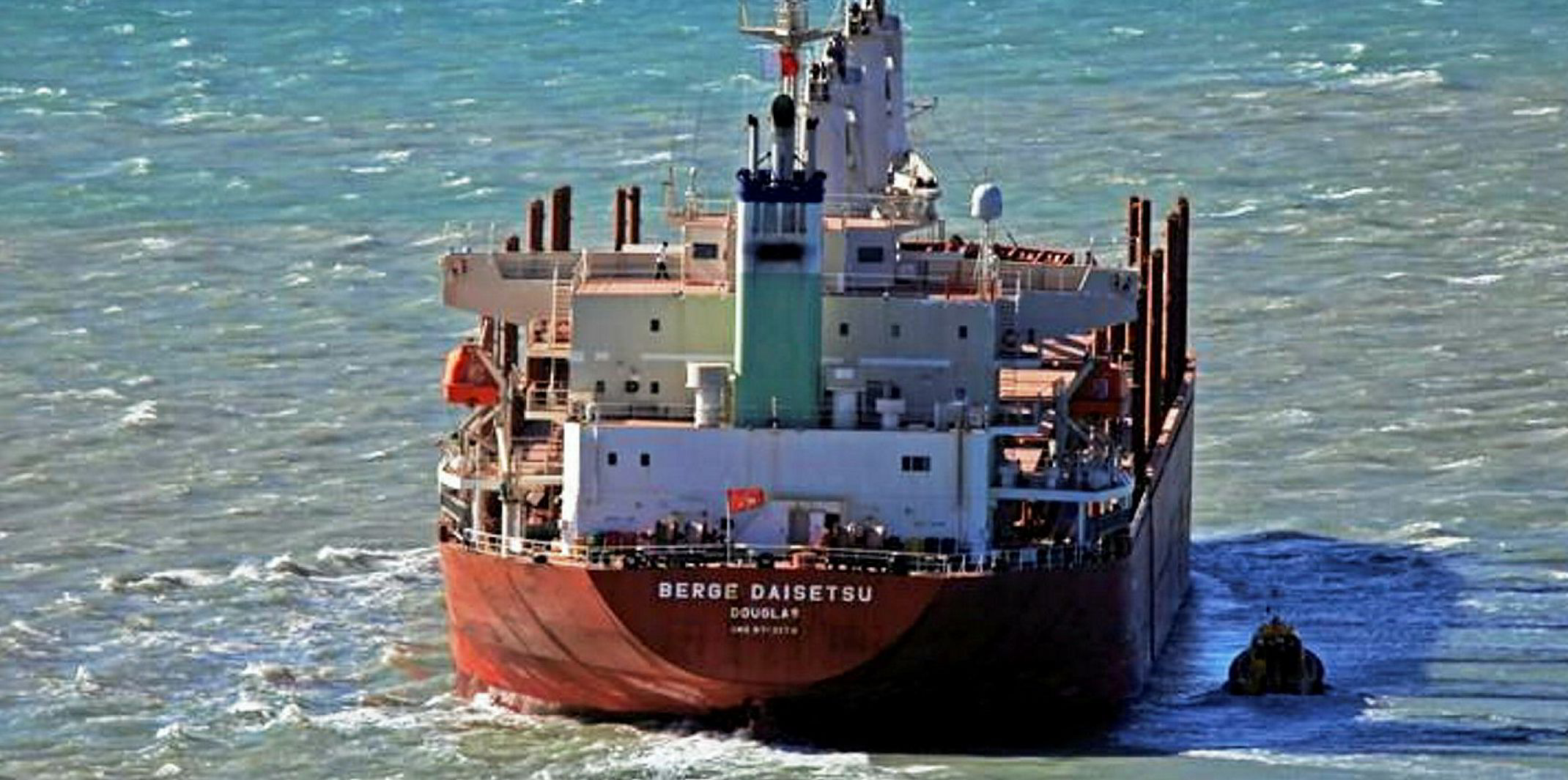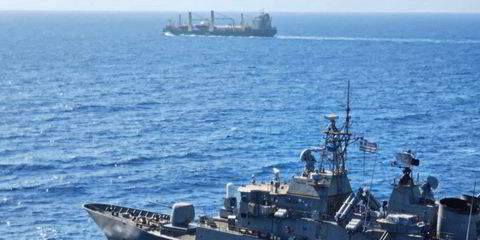Safety failings on board an OOCL containership resulted in the death of a seafarer who sustained fatal injuries while repairing the ship’s personnel elevator, an accident investigation has found.
The incident took place aboard the 5,888-teu OOCL Kuala Lumpur (2007) in June 2018 as the ship was preparing to enter Port Botany, Sydney.
The Australian Transport Safety Bureau (ATSB) said it highlighted the “importance of applying existing safety management procedures”.
The vessel’s electro-technical officer (ETO) was testing the ship’s personnel elevator after completing mechanical repairs when he became trapped between the moving cage and the bulkhead.
The ATSB investigation found that the ETO was last seen alone, on top of the elevator cage, in the prescribed safe zone with the elevator set to manual control.
The agency said the exact circumstances as to how and why the ETO then came to be trapped while the elevator moved between floors could “not be determined”.
However, for the accident to have occurred, the ATSB said the ETO must have moved from the safe zone, the elevator control had to have been changed from manual to auto and the elevator called.
Elevator accidents continue to occur ... and result in about one fatality per year
ATSB director of transport safety Stuart Macleod
OOCL, a Hong Kong-based containership operator, did not respond to a request for comment on the safety report.
The investigation also found that safety barriers prescribed in the electrical work permit were not put in place before the elevator maintenance work started.
The ATSB said this included that there had been no warning announcement, and, consequently, all of the ship’s crew had not been warned against using the elevator.
In addition to this, there were no warning signs posted at all elevator access doors, which allowed an elevator call to be made while the work was underway.
“Elevator accidents continue to occur around the world and result in about one fatality per year,” Stuart Macleod, ATSB's director of transport safety, said.
“Many of these accidents involve the failure to apply existing safety management procedures and/or identified safety barriers that have proven effective in reducing the risks associated with elevator maintenance.”
Further, the injured person was often working alone and riding the elevator cage, Macleod noted.
“For any task that is performed on multiple occasions without any adverse consequence, there is the potential for an individual’s perception of risk, or expectancy of a problem, to decrease,” he said.
“This makes it all the more important to always follow documented procedures and safe working practices, even when the operation is considered safe.”
The ATSB said the accident also highlighted that it was “imperative” that close and careful supervision is maintained for any elevator testing and tasks.
“Supervisory oversight provides an opportunity for experienced, senior technical staff to scrutinise and assess the plans and intentions of those completing the task. This provides an external check and safety barrier before, and during, the work,” the agency said.






